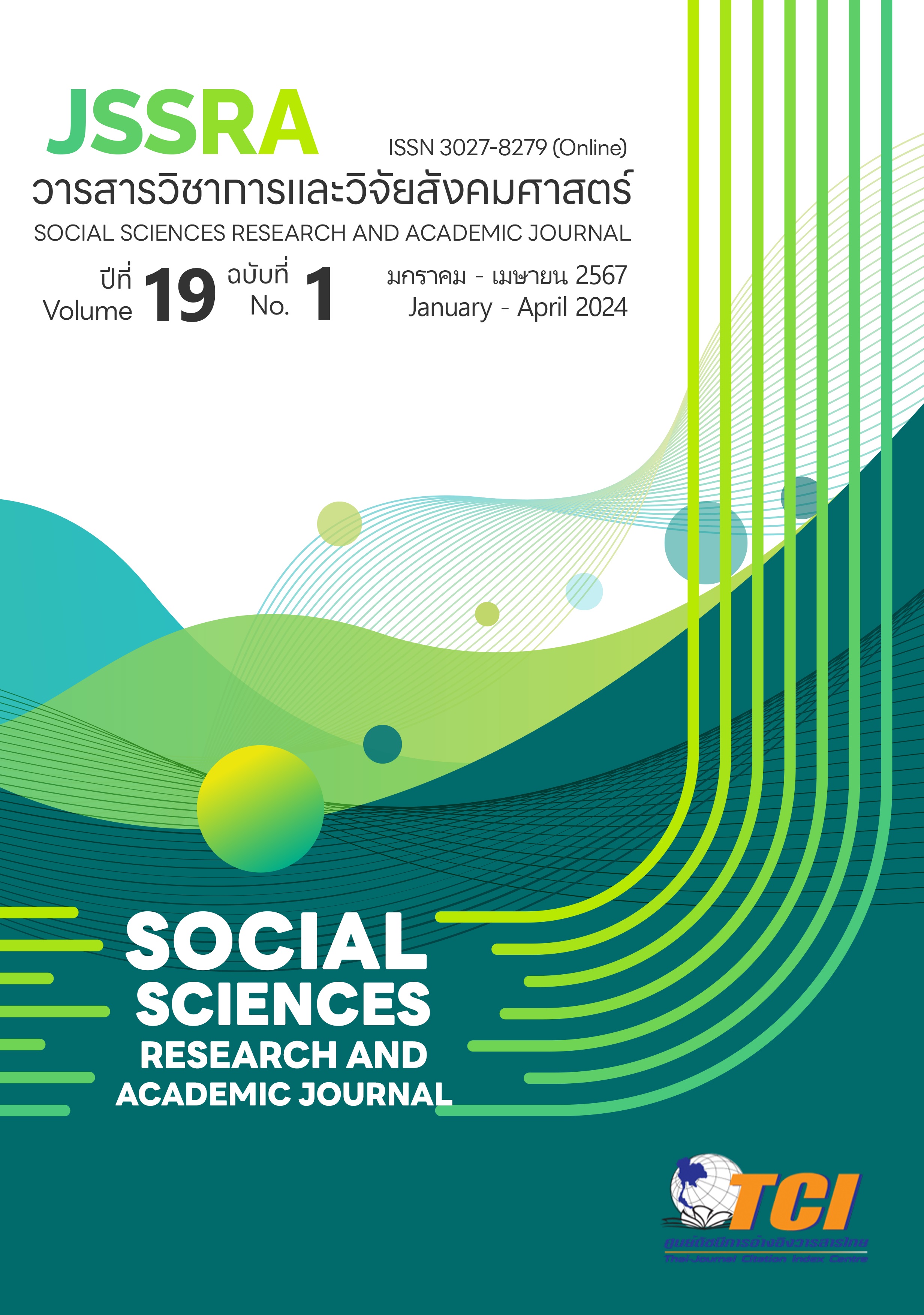The Restoring Food Culture Identity of the Upper Chao Phraya River Community that Lead to Sustainable Tourism
Main Article Content
Abstract
The purpose of this research is to conduct an in-depth investigation on 1) search for items and original recipes of the pluralistic food culture of upper Chao Phraya River communities and 2) create community food products that are outstanding and unique that can attract tourists to visit or stop by to shopping the local food products of Nakhon Sawan Province. The areas located in 3 districts are includes; Thais, Vietnamese, Muslims, and Thai-Chinese people who live in the Mueang District, Lao Song (Thai Song Dam) and the Mon people who live in Ban Kaeng Sub District, and Mon people in Chum Saeng District and Krok Phra District. There are groups of 30 key informants, which consists of; which includes people of each ethnicity, community academic, community philosopher and restaurant operators. The population was selected by using a purposive random sampling method. Data were collected through focus group discussions and in-depth interviews. The tools of data collection were interview forms and field notes. Using triangulated data to validate information and also conducted content analysis, data connections as well as interpretations and then draw inductive conclusions.
The results of the research found that: 1) discovering recipes from the pluralistic food culture of the upper Chao Phraya River community, which have more than 20 original items, as well as discovering ingredients that are unique to the local area which remain in the original menu and recipes of the pluralistic food culture until today. Therefore, the menu and food recipes that continue to this day such as; Fish Cakes/Salted Fish (Thais), Fish Balls/Steamed Fish (Chinese), Khao Chae/Kanom Jeen Banana Stalk (Mon), Yuan Pickled Fish/Bualoy Yuan (Vietnamese), Massaman Beef Curry (Muslims), Kob Ping O/Pak Jup (Tai Dam). It can be said that the unique ingredients are Clown Knifefish 2) The result after creating prototype community food products found that the popular items among the tourists in order are; Herbal salt fish, Clown Knifefish Vietnamese Sausage, and Muslims Shredded Meat.
Article Details
References
Anakepulsuk, B. (2017). Food on the Move. Tourism Review Magazine, 3(1), 8-19.
Babbie, E. (2015). Basic Research of Social Research. (7th ed.). Boston: Cengage Learning, 390-420.
Danhi, R. (2003). What Is Your Country’s Culinary Identity?. Culinology Currents, Winter, 4-5.
Kongpim, N. (2020). Study of Cultural Identity for Bankraw Community of Ranod District Songkra Province to Conduct Creative Tourism Route. Master thesis, M.Sc., Prince of Songkra University.
Nontapattamadul, K. (2011). Focus Group Study. Retrieved February, 12, 2022, from http://www.priv.nrct.go.th/ ewt_dl.php?nid=896
Pukdeeaksorn, P. (2012). Food Tourism Tourism Motivation Concepts and Theory. Songklanakarin Journal of Management Sciences, 29(2), 129-148.
Relph, E. (1996). Place. In I. Douglas, R. Huggett, & M. Robinson (Eds.), Companion Encyclopedia of Geography: The Environment and Humankind. Routledge, 909-910.
Saengthong, S (2015). Concepts for Researching the History and Culture of Chao Phraya River Communities. Nakhon Sawan: Art and Culture of Nakhon Sawan Rajabhahat University, 48-115.
Sirichotinisakorn, C. (2016). The Development of Creative Local Food Innovation for Tourism Products in Petchaburi And Prachuap Khiri Khan Provinces. Doctoral dissertation, Ph.D., Silpakorn University, 5-6.


